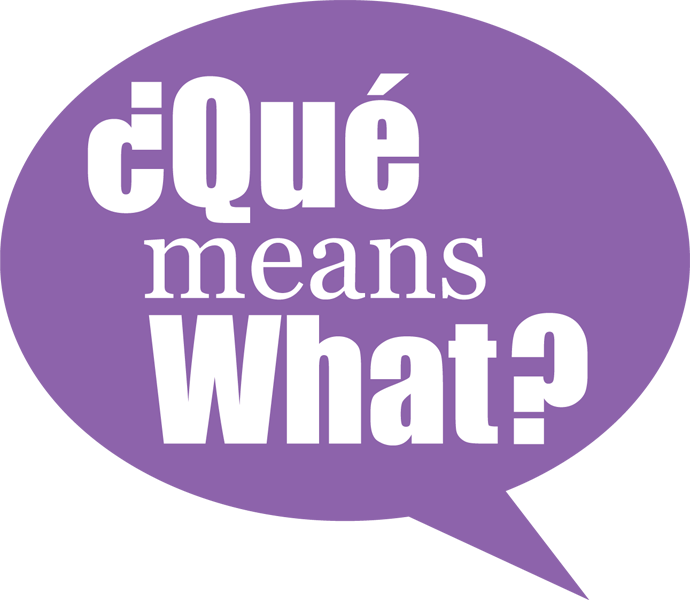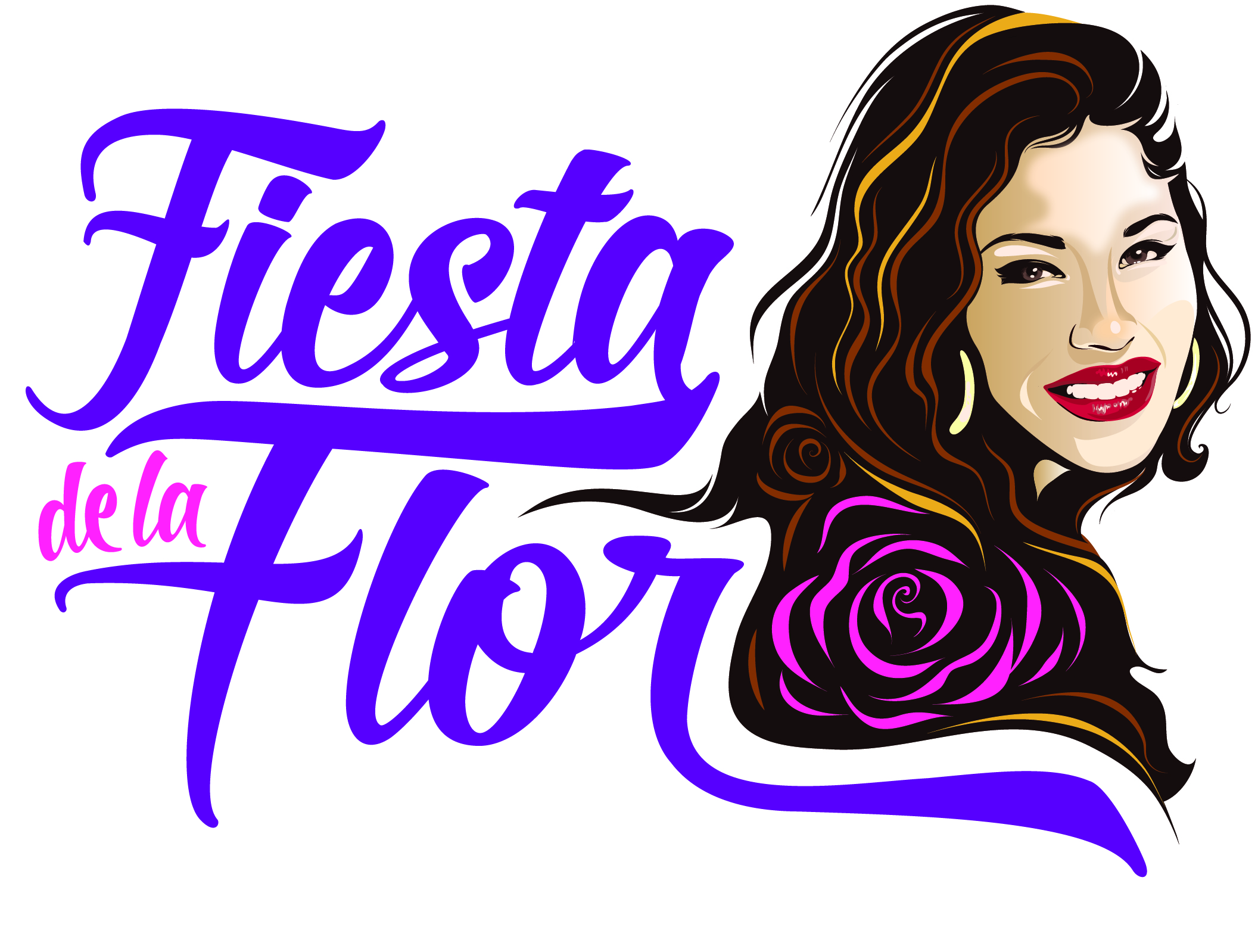
This week we continue with thoughts on identity. Last week I shared about my developing identity as an educator. Now I delve into an idea that I think is still fresh in the Latino identity spectrum: a “Green Chicano”—and the symbol I am using to represent it.
It was some time ago when I first came across the derisive term coconut—“eres un coco”. If you are unfamiliar with the term, it specifically refers to “a Mexican who is brown on the outside but white on the inside”—though of course that is expanded to include many a person with brown skin. This is also in line with the African-American counterpart: Oreo.
Essentially it is to define someone who is seen as having left his/her cultural ethnicity for “being white”. We won’t delve here into what “white” means (and non-white) and why I am using all these quotation marks—but if you want to think about this from a humor perspective, go check out the blog Stuff White People Like. With a little searching you can find counterpart sites for Latinos/Chicanos.
I am throwing all of that out there for those not in the know so as to provide the context of how I have adopted a newly created term with pride: Aguacate, the avocado—which as far as I know, is a newly created term.
The Aguacate refers to “brown on the inside and green on the outside”—green as a conservationist/environmentalist and brown by skin color and a specific socio-political perspective. Yes, you may ask, “but aren’t avocados black on the outside?” Yes, many are, but not all, and I figure that for avocadoes that are black, then the more inclusiveness the merrier! — Like all metaphors, it’s not perfect.
This idea of “Brown and Green” is what takes shape as what I am advocating as Green Chicanismo, combining elements of conservation/environmentalism with Latino/Chicano culture. There are of course questions that can arise: why make it seem separate? Can’t we all be conservationists regardless of skin color? Aren’t there already enough identity issues?
Yes, as with many identity issues, it can be complicated. But I would argue that as we look at the intents, processes, and outcomes of environmental actions, it can differ according to socioeconomic status, cultural ethnicity, and skin color. And that difference matters not just from a point of perspective but also in how policies are debated, framed, and implemented, with real-life consequences for people. One clear way to see that is with a look at the history of environmental justice—and why people felt a need to develop that term in the first place.
But coming back to Aguacate: I am also using it because of its cultural ties to Mexico and “being Latino” versus say, if I used a green olive or even more general traditionally used symbols like trees and leaves.
So I’ll call myself an Aguacate and use it as my “mascot” if you will. Identity issues are complicated enough as it is but a key thing is how we own them and serve as expressions of our intents and beliefs.
I also do not expect many others to simply adopt this term as they think about “being green”—but for all eco-mestizos, green Latinos, conservationist Hispanos, and the like, I say let us add nuestro sabor, a little green salsa into this mix.
Hasta la próxima semana!




